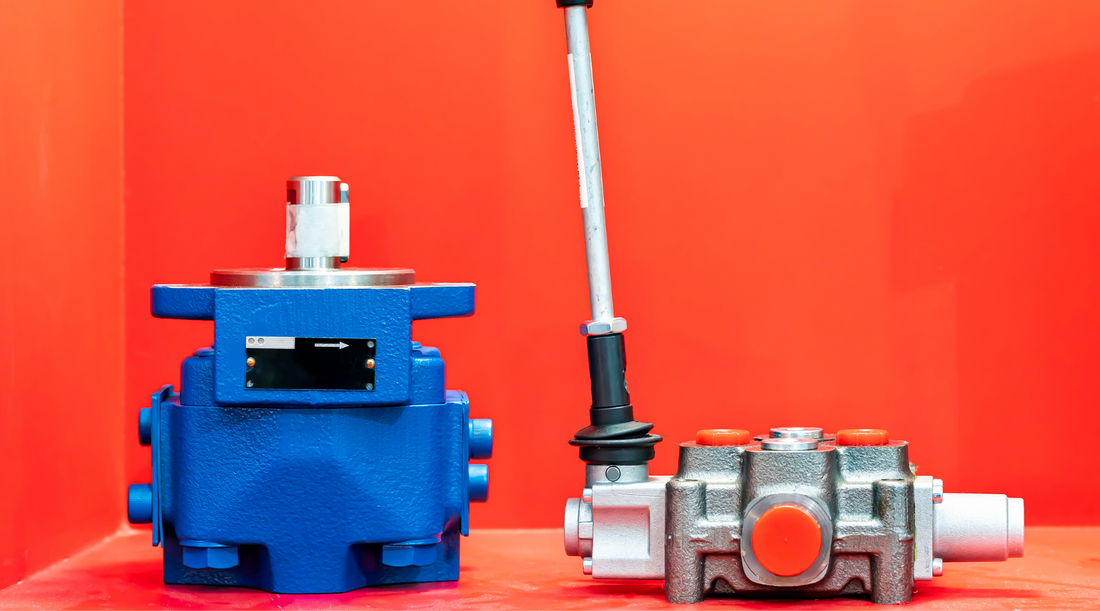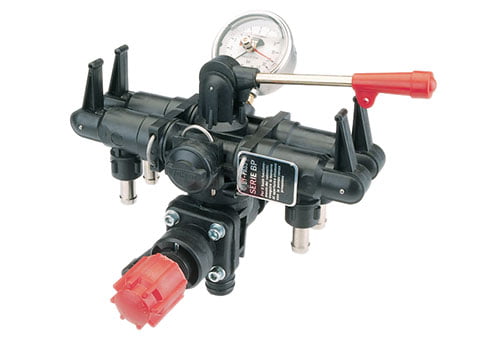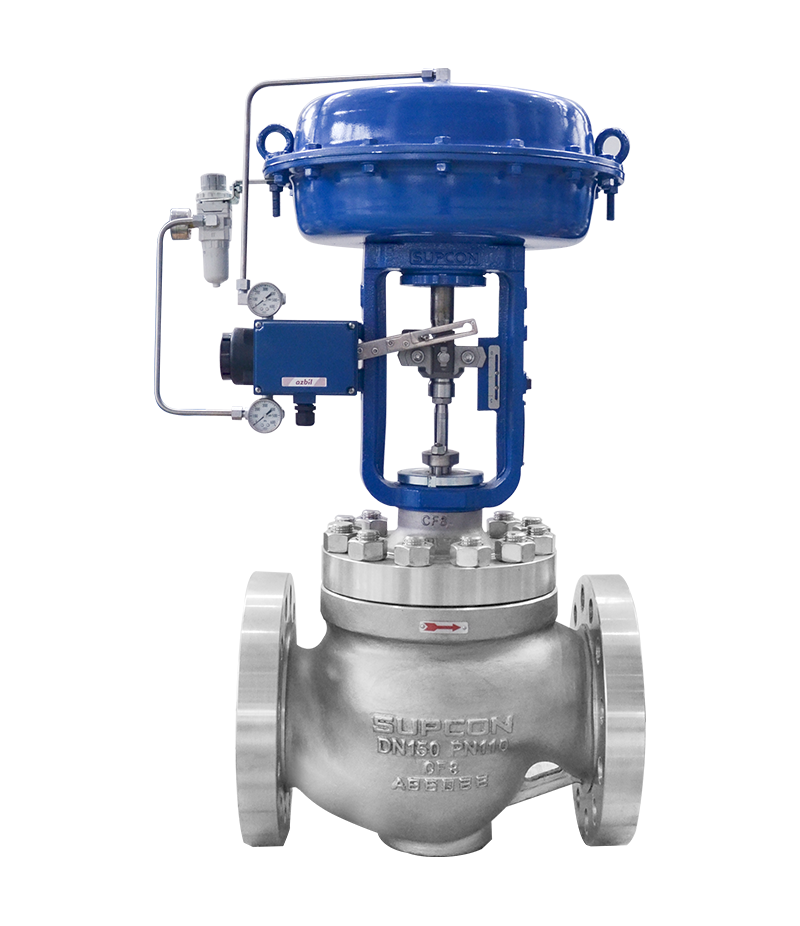Enhancing Functional Performance with Advanced Control Valves
Enhancing Functional Performance with Advanced Control Valves
Blog Article

Maximize Energy Savings and Convenience With Advanced Structure Automation Controls
In the realm of modern style and center management, the integration of innovative building automation controls stands as a crucial improvement. The convergence of technology and sustainability has birthed a brand-new period where power effectiveness, convenience optimization, and operational streamlining are no more achievable realities however distant desires. By taking advantage of the power of automation, buildings can adjust, react, and develop in manner ins which were once inconceivable. The capacity for significant energy financial savings and enhanced convenience is not simply a promise but a possibility waiting to be met. This paradigm change in structure monitoring holds the key to opening a globe where environmental conscientiousness and passenger well-being harmoniously exist side-by-side within the walls of our frameworks.
Energy Effectiveness Conveniences
Power performance advantages can dramatically lower energy consumption and operational expenses in structures. Energy-efficient systems, such as sophisticated structure automation controls, can enhance the usage of sources like air conditioning, illumination, and heating, leading to reduced energy expenditures over time.
Additionally, improved power effectiveness can prolong the life-span of building tools and systems. By running much more successfully, heating and cooling systems, lighting fixture, and various other building components experience less deterioration, resulting in lowered maintenance and substitute costs. In addition, energy-efficient buildings frequently regulate higher residential or commercial property worths and rental rates, giving long-term economic benefits to owners.
Furthermore, energy efficiency can improve occupant convenience and performance. Appropriately regulated interior atmospheres with optimal lighting and thermal conditions develop an even more helpful and enjoyable work space, causing boosted employee contentment and performance. Generally, the power efficiency advantages connected with advanced building automation controls are complex, encompassing expense financial savings, ecological stewardship, and owner wellness.
Boosted Convenience Control
Enhancing comfort control in structure environments calls for an advanced assimilation of advanced automation systems for ideal occupant wellness. By using innovative structure automation controls, centers can customize the interior setting to fulfill the specific needs and preferences of occupants. These systems enable accurate guideline of illumination, air flow, and temperature level, creating a comfortable and productive ambience. Owner satisfaction and productivity are very closely connected to thermal convenience, making it crucial to have systems in position that can adapt to transforming problems in real-time.
By integrating these sophisticated controls, buildings can not only improve comfort however also improve power performance by enhancing system procedures based on actual occupancy and use patterns. Ultimately, prioritizing passenger comfort with sophisticated automation systems leads to a more satisfying and healthier indoor atmosphere.
Functional Efficiency Improvements

In addition, the application of real-time surveillance and analytics devices makes it possible for building operators to recognize energy ineffectiveness and functional abnormalities quickly. By constantly keeping track of power use patterns and system efficiency metrics, adjustments can be made in real-time to enhance power intake and ensure peak functional performance. control valves. Additionally, integrating need feedback strategies into building automation controls can additionally boost functional efficiency by dynamically changing power use based upon grid conditions and prices signals
Indoor Environment Optimization
Efficient interior environment optimization is a fundamental element of structure automation controls, making certain passengers' convenience and wellness while making the most of power cost savings. By making use of innovative sensing units and controls, constructing automation systems can continually adjust and Click Here monitor temperature, humidity degrees, air top quality, and air flow to develop an optimal interior atmosphere. Preserving constant and comfortable problems not only enhances occupant satisfaction but additionally enhances performance and general well-being.
Interior environment optimization additionally plays a vital function in energy efficiency. By fine-tuning air conditioning, ventilation, and home heating systems based upon real-time data and tenancy patterns, constructing automation controls can substantially decrease energy intake - control valves. For circumstances, carrying out methods such as demand-controlled ventilation and thermal zoning can aid lessen energy waste while ensuring that each location of the building obtains the required conditioning.

Lasting Setting Production
Building automation manages not only optimize interior environment problems for energy effectiveness and resident comfort but also lay the foundation for creating a sustainable environment via critical monitoring of resources and systems. By integrating advanced building automation technologies, such as sensors, actuators, and intelligent software, centers can check and change power usage in real-time to decrease waste and minimize their carbon footprint. These systems make it possible for anticipating maintenance, identifying from this source possible concerns before they escalate and optimizing devices efficiency to improve long life and performance.
Moreover, sustainable setting creation extends beyond power management to encompass water conservation, waste reduction, and indoor air top quality renovation. Structure automation controls can control water use, detect leaks, and guarantee appropriate garbage disposal methods, adding to overall sustainability initiatives. Furthermore, by regulating and keeping an eye on ventilation and filtering systems, these technologies boost occupant health and wellness and productivity while reducing energy usage related to HVAC procedures.
Final Thought
In conclusion, progressed building automation manages deal significant advantages in terms of power cost savings, comfort control, functional effectiveness, interior climate optimization, and developing a sustainable atmosphere. By applying these controls, structures can achieve optimal performance while minimizing power intake and boosting occupant comfort. It is obvious that using sophisticated automation innovation is crucial in enhancing building efficiency and developing an extra sustainable future.
Energy effectiveness benefits can considerably lower energy consumption and functional costs in buildings. Generally, the power efficiency benefits associated with advanced building automation controls are multifaceted, including price financial savings, ecological stewardship, and passenger wellness.
Additionally, including need reaction techniques right into structure automation controls can even more enhance operational performance by dynamically changing energy use based on grid problems and pricing signals.
Building automation controls not just enhance indoor environment problems for energy efficiency and occupant convenience however also lay the structure for developing a sustainable environment through critical administration of systems and resources.In verdict, advanced structure automation manages deal substantial advantages in terms of energy cost savings, comfort control, functional effectiveness, interior climate optimization, and developing a lasting atmosphere.
Report this page